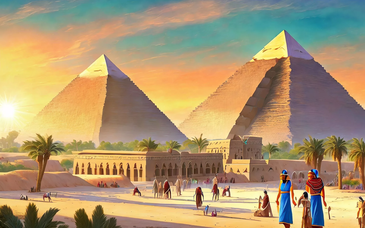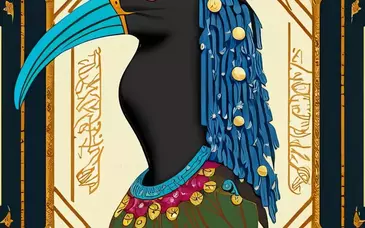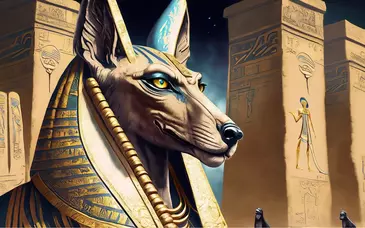
It was said that William Wing Loring had been under the fire of battle more than any other man in America (75, by his own reckoning). He was a veteran of Florida’s Seminole War, and lost an arm while storming Mexico City during the Mexican War. The youngest colonel in the history of the U.S. army, and Commander of the Department of New Mexico, Loring resigned to join the Confederacy, where he rose to the rank of major general, and earned the nickname “Old Blizzards.” He served for nine years in Egypt, longer than anyone except Charles Pomeroy Stone. Loring began as Inspector General of the army, and was then placed in charge of the country’s coastal defenses, where he became the only American to actually command Egyptian troops. In 1875, he was briefly slated to command the Egyptian invasion of Abyssinia. Instead, a native officer was given the top spot, and Loring was named chief of staff. Despite the best efforts of the Americans, the Gura campaign ended in disaster. For his service to Egypt, Loring was given two unprecedented decorations and the title of Fereek Pasha (Major General). He later wrote a book about his experiences, entitled A Confederate Soldier in Egypt (1884).


